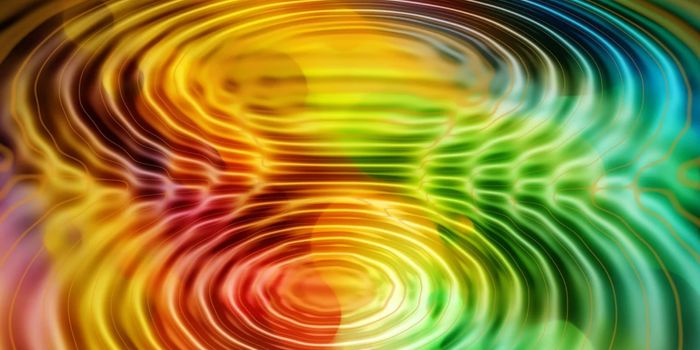Genetics Settles Debate About History
There are two different theories about how humans populated Southeast Asia, and now an analysis of ancient DNA from skeletons that are about 8,000 years old is settling the debate. It has been theorized that indigenous hunter-gatherers, Hòabìnhians, lived in Southeast Asia around 44,000 years ago and developed agriculture on their own. Another theory posits that rice farmers that migrated from what is now China and replaced the local Hòabìnhian hunter-gatherers. Reporting in Science, it seems that neither of those theories captures the reality.
In this new study, an international team of researchers found that people in present-day Southeast Asia can count at least four groups among their ancestors. "The human occupation history of Southeast Asia remains heavily debated. Our research spanned from the Hòabìnhian to the Iron Age and found that present-day Southeast Asian populations derive ancestry from at least four ancient populations. This is a far more complex model than previously thought,” said co-lead author Dr. Fernando Racimo, Assistant Professor at the Centre for GeoGenetics in the Natural History Museum of the University of Copenhagen.
The scientists were able to evaluate 26 ancient human genome specimens, an impressive feat considering the hot, humid environmental conditions of the area. The team could then compare them to modern DNA samples obtained from people that are currently living in the region.
"We put a huge amount of effort into retrieving ancient DNA from tropical Southeast Asia that could shed new light on this area of rich human genetics,” said study leader Professor Eske Willerslev, who holds positions both at St John's College, University of Cambridge, and the University of Copenhagen. “The fact that we were able to obtain 26 human genomes and shed light on the incredible genetic richness of the groups in the region today is astonishing."
Previously, only 4,000-year-old samples could be analyzed. This work utilized DNA extracted from human skeletal remains from the Philippines, Malaysia, Indonesia, Japan, Laos, Thailand, and Vietnam. Included in this group was DNA from Hòabìnhian hunter-gatherers as well as a Jomon from prehistoric Japan, a first for a scientific study. This work also revealed a link between those two populations, which has long been suspected.
"By sequencing 26 ancient human genomes - 25 from Southeast Asia, one Japanese Jomon - we have shown that neither interpretation fits the complexity of Southeast Asian history. Both Hòabìnhian hunter-gatherers and East Asian farmers contributed to current Southeast Asian diversity, with further migrations affecting islands in Southeast Asia and Vietnam. Our results help resolve one of the long-standing controversies in Southeast Asian prehistory,” said co-lead author Hugh McColl, a graduate student at the Centre for GeoGenetics in the Natural History Museum of Denmark of the University of Copenhagen.
"This study tackles a major question in the origins of the diversity of Southeast Asian people, as well as on the ancient relationships between distant populations, such as Jomon and Hòabìnhian foragers, before farming. The fact that we are learning so much from ancient genomes, such as the one from Gua Cha, highlights the importance of amazing collections such as the Duckworth,” noted co-author Professor Marta Mirazón Lahr, Director of the Duckworth Laboratory. The Duckworth Collection at the University of Cambridge is one of the largest repositories of human remains in the world.
In the lecture presented in the video above, Eske discusses what he's learned about human migration.
Sources: AAAS/Eurekalert! Via University of Cambridge, Science









